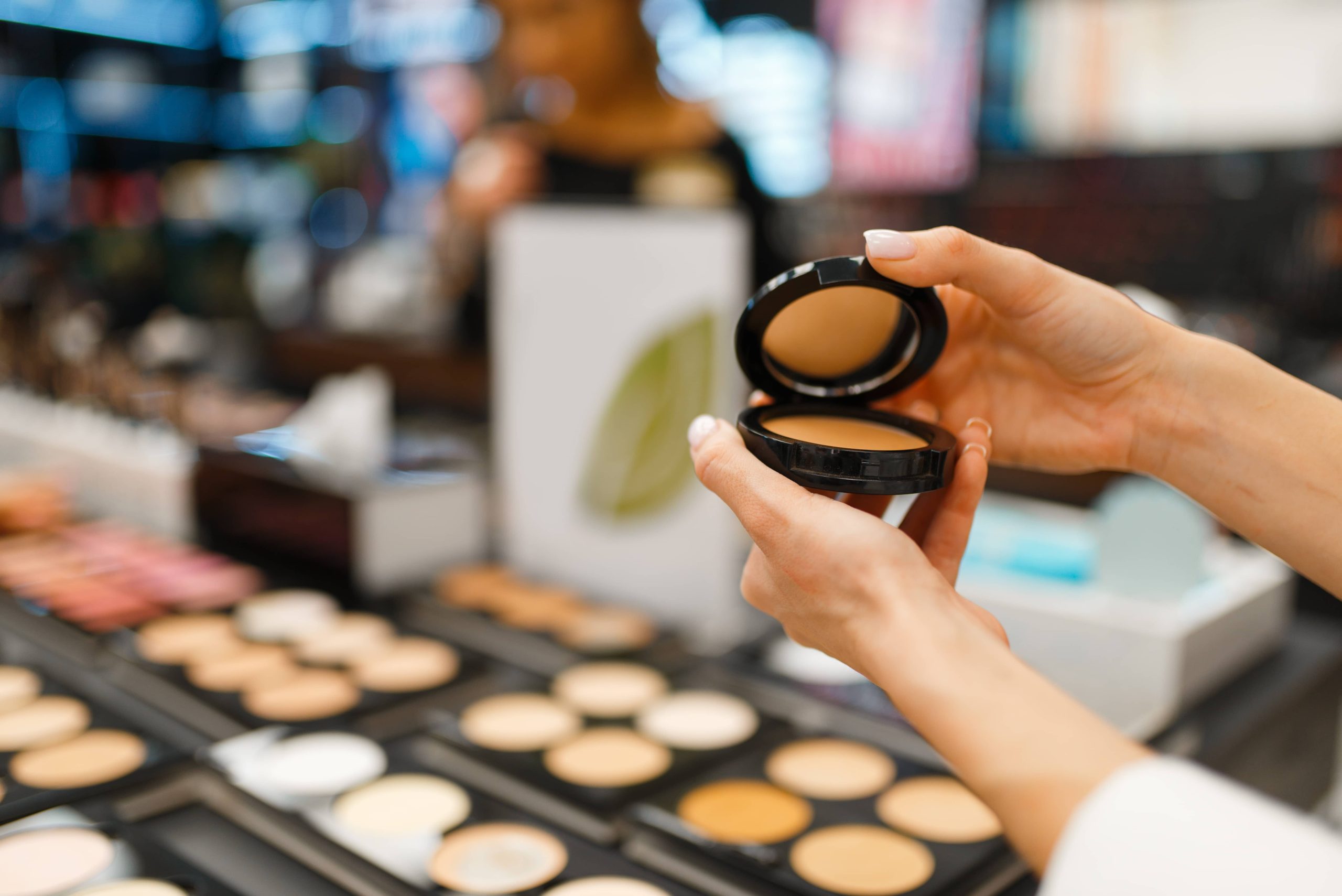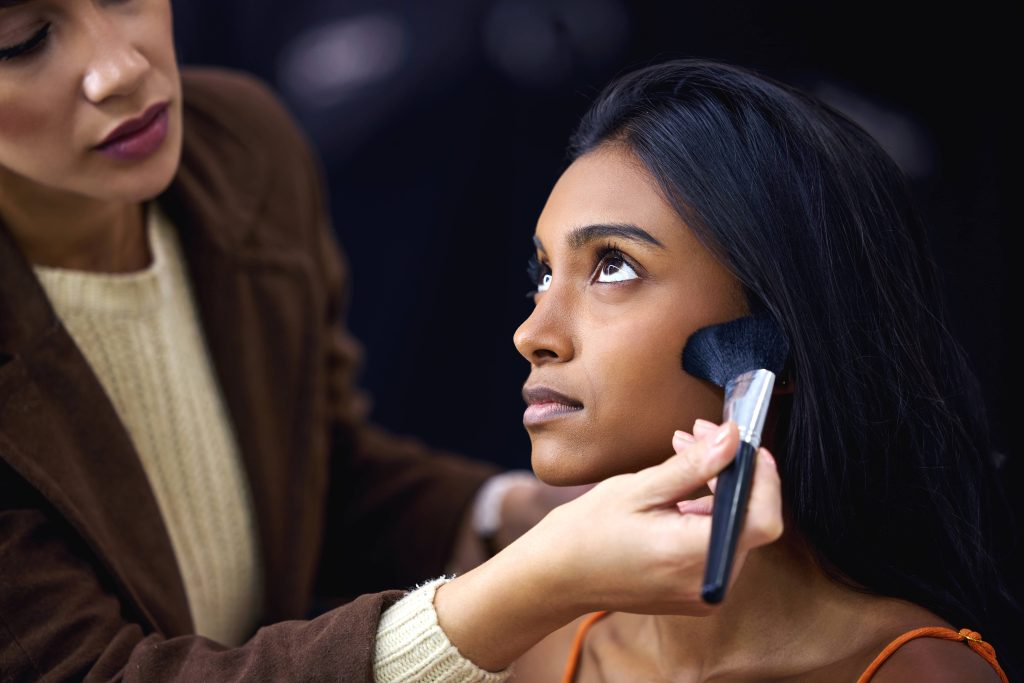
The beauty industry, like any other sector, doesn’t exist in a vacuum. It’s deeply influenced by the economic climate, which can drastically shape and redefine beauty trends. From which products become popular to how consumers choose to spend their limited resources, the ebb and flow of the economy affects all facets of the beauty landscape. Let’s delve into the multifaceted impact of economic changes on beauty trends and understand how financial climates sculpt the beauty world.
The Shift to Affordable Luxury
In times of economic downturn, consumers tend to tighten their belts, prioritizing necessities over luxuries. However, the beauty sector has historically shown resilience even in challenging times, which can be attributed to the concept of “affordable luxury.” During economic instability, the purchase of high-priced luxury items like designer handbags or extravagant vacations may decline, leading consumers to seek smaller splurges. Beauty products often fill this gap.
The “Lipstick Effect,” a term coined by Leonard Lauder, chairman of Estee Lauder, suggests that consumers will still indulge in small luxury items like lipstick even during economic downturns. Why? Because beauty products serve as a relatively inexpensive way to experience luxury and boost one’s self-esteem. Subsequently, during tough economic times, we often witness a rise in the popularity of makeup, skincare products, and other small but luxurious beauty items.
Rise in DIY Beauty Solutions
Another notable trend during economic downturns is the increase in Do-It-Yourself (DIY) beauty solutions. Consumers become more resourceful, seeking ways to maintain their beauty routines without incurring high expenses. This leads to a surge in at-home treatments, including hair coloring, facials, and manicures. The beauty industry responds by producing more at-home kits and DIY-friendly products that empower consumers to recreate salon-style results in their own homes at a fraction of the cost.
Moreover, social media and beauty influencers play a pivotal role in this trend by sharing tutorials and hacks, enabling consumers to experiment with DIY solutions. As economic pressures mount, this shift towards empowerment and self-sufficiency aligns perfectly with the zeitgeist, allowing the beauty industry to remain relevant and accessible.
Increased Focus on Value and Efficacy
During economic slumps, consumers become more discerning with their purchases, gravitating toward products that offer the best value for their money. This means beauty brands must pivot to emphasize the efficacy and multi-functionality of their products. As a result, we often see a surge in demand for products that offer multiple benefits, such as tinted moisturizers with SPF protection or hair care products that nourish, repair, and style all at once.
In addition, there is a heightened focus on quality over quantity. As consumers scrutinize their beauty purchases, they are more likely to invest in products that promise lasting results. This shift pushes brands to prioritize transparency, ingredient quality, and proven results. For consumers, it’s all about making informed choices that offer both immediate gratification and long-term benefits.
Emergence of Minimalism and Sustainability
The economic downturn often sparks a movement towards minimalism, where less is truly more. Consumers begin to embrace a “skinimalism” trend, where the focus is on achieving radiant skin with fewer products. This trend emphasizes a streamlined beauty routine that prioritizes healthy skin over dramatic makeup looks.
Hand-in-hand with minimalism is the increased demand for sustainable and eco-friendly solutions. Economic uncertainties urge consumers to be more conscious of their purchasing decisions, seeking products that align with their values. Beauty brands that adopt sustainable practices, utilize clean ingredients, and commit to ethical production garner more trust and support from consumers. This shift towards eco-conscious beauty aligns well with the global push toward sustainable living, reflecting a more profound societal change.
Upsurge in Digital and Virtual Beauty Experiences
With economic changes often come shifts in how consumers engage with brands. Technology and digital experiences become crucial in bridging the gap between brands and customers, especially when discretionary spending is limited. The beauty industry’s digital transformation accelerates, with brands investing in virtual consultations, AR-powered try-on apps, and augmented reality (AR) technology to offer personalized experiences.
The appeal of virtual beauty experiences lies in their convenience, allowing consumers to explore products and looks from the comfort of their homes. During times when consumers may be more hesitant to visit physical stores, these digital innovations prove invaluable. They provide safe, interactive, and engaging ways for consumers to continue experimenting with beauty products and trends without stepping outside.
Adaptation and Resilience
Ultimately, the impact of economic changes on beauty trends illustrates an industry characterized by its adaptability and resilience. It showcases the beauty sector’s ability to pivot, innovate, and cater to shifting consumer needs and preferences. While the challenges are undeniable, they also present opportunities for beauty brands to evolve and forge stronger, more meaningful connections with consumers.
In conclusion, as economic tides change, so too do beauty trends. History shows us that during times of economic instability, the beauty industry possesses a unique ability to rise from the ashes, armed with creativity, innovation, and a touch of glamour. From the allure of affordable luxury to the embrace of sustainability, beauty trends continue to respond to economic influences, holding a mirror to the world at large. Whether through adapting formulations, redefining marketing strategies, or embracing technological advancements, the beauty industry continues to captivate and inspire, even in the face of uncertainty.



